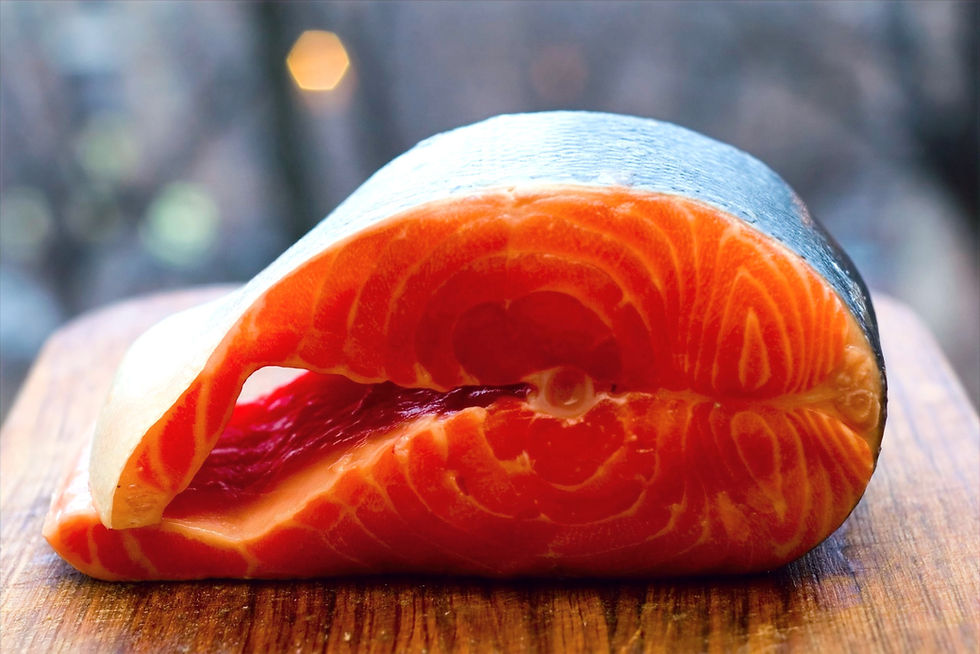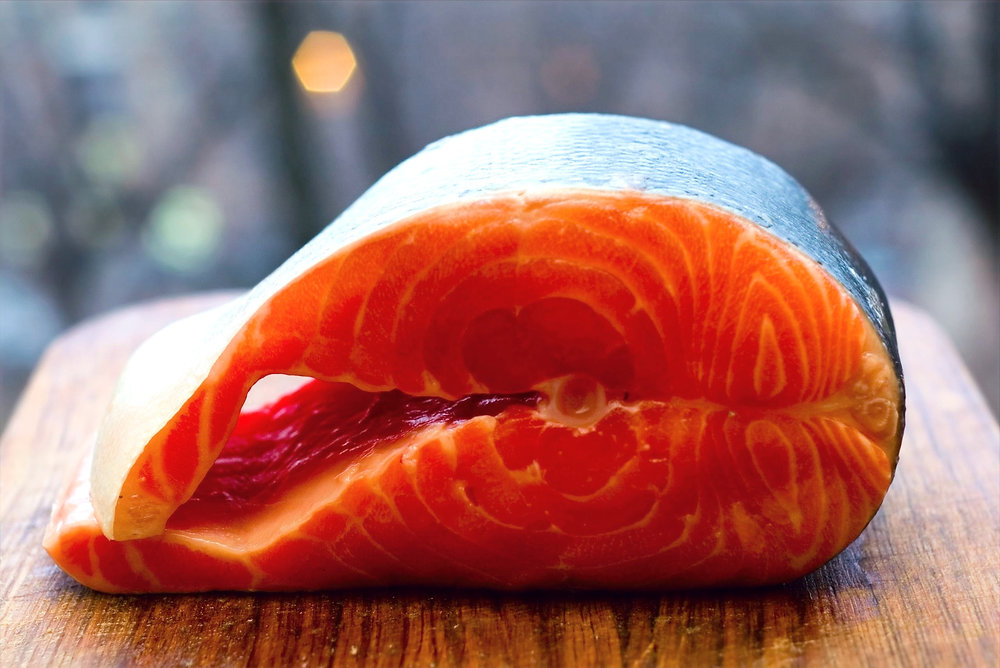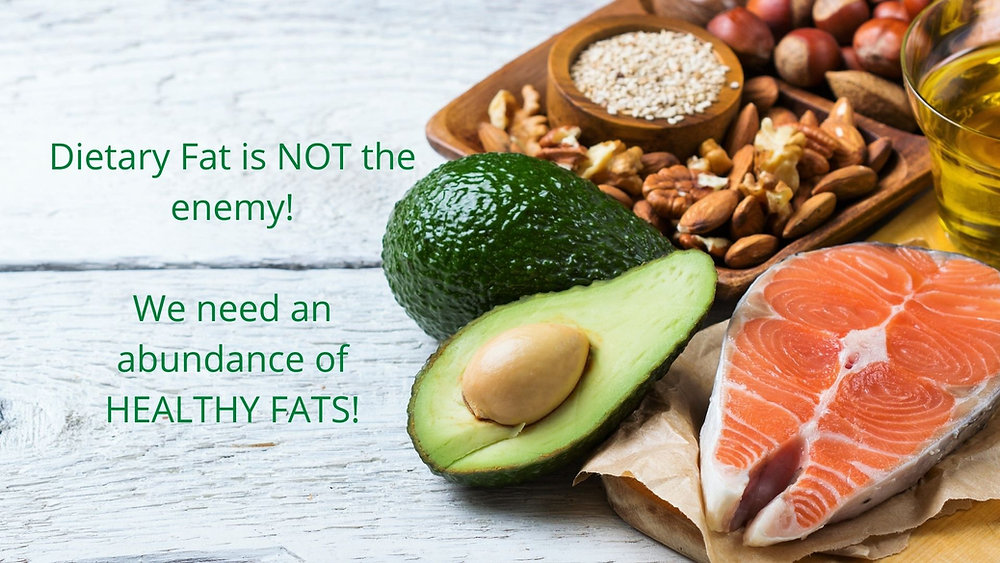
The key with these essential fatty acids is the breakdown of the profile. Deficiency is uncommon in the United States, but the ratio is significantly skewed. Anthropological evidence suggests that our hunter–gatherer ancestors consumed omega-6 and omega-3 fats in a ratio of roughly 1:1 (Omega 6 to Omega 3 ratio). In the Standard American Diet (SAD) the range is estimated at between 10:1 and 20:1, heavily favoring Omega 6. Yet evidence suggests that when a diet is higher in Omega-3 consumption, there is a lower risk for several inflammatory conditions, including coronary heart disease and autoimmune diseases. Unfortunately, the consumption of omega-6 fatty acids in the United States has dramatically increased in recent decades, and this is largely in part to the heavy use of industrial seed oils, such as soybean, canola, cottonseed and corn oils. These oils are quite prevalent in processed foods and restaurant foods, which are consumed at high levels on a SAD. There are ample whole food sources as well, but again, to get the ratio in line, increasing sources of Omega 3 fatty acids is the focus here.
Sources of Omega 3 fatty acids
Although alpha-linolenic acid (found in canned beans, flaxseeds, chia seeds, and walnuts) can be converted into Omega 3, it is not an essential fat for our bodies. The ideal source for Omega 3 fatty acids is from whole foods rich in EPA and DHA, which include (from highest to lowest amount):
Wild Salmon
Herring
Sardines
Trouts
Oysters
There are quite a few plant-based sources of Omega 3 fatty acids as well, but it is difficult to get enough that is truly bioavailable - meaning that your body can utilize it. Vegans and vegetarians should work closely with a functional health practitioner or nutritionist (a service we provide for our weight-loss clients) to ensure adequate consumption.
What if you are not consuming these foods in a consistently high quantity?
If you are not consuming several servings of these seafoods per week, supplementing with cod liver oil would be a great alternative source. Not all supplements are made equal, but there are some great options out there, such as Rosita Real Foods extra-virgin
cod liver oil and Green Pasture fermented cod liver oil. Again, whole food sources are always ideal when trying to maximize nutrition, but supplements have their place as well!




